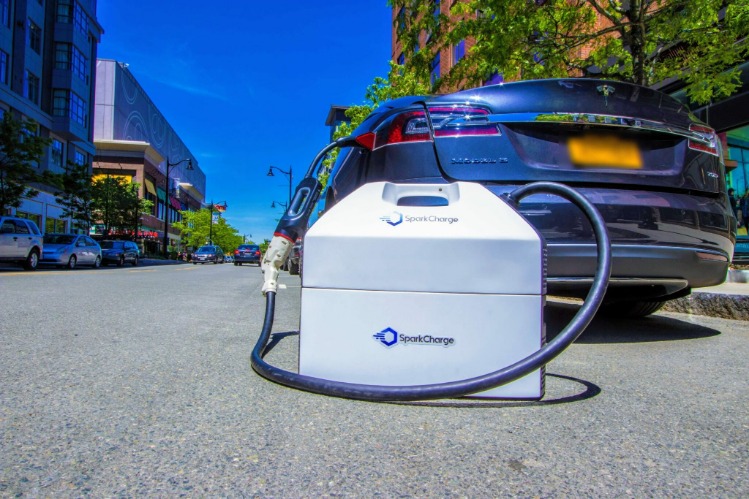These can charge two vehicles simultaneously and need to be installed somewhere where the cables can plug into both electric cars at the same time. The other option would be to purchase two smart charging stations (more on that later) and install them on a single circuit and link them. Read more about Chargers for electric cars here. Although this gives you more flexibility with the installation, this option is generally more expensive. While using a dedicated home charging station is about 3 to 7 times faster than charging it with your regular outlet, charging on the go at level 3 DC fast charging stations is even faster. Some of these rapid chargers can charge up your car in as little as 15 minutes (depending on the charger’s power output and your car’s battery).
In contrast, some public charging stations offer free charging, whereas others may charge a per-kilowatt or per-minute fee. The price to charge your vehicle is often less than what you’d pay for gas, and you could save money by signing up for a subscription to a charging network. Many electric vehicle owners charge up at home or at charging stations near malls, grocery stores, airports, and other public venues. As electric vehicles have become more popular, some businesses have installed charging stations so their employees can “fill up” while they’re at work too. DC Fast Charging, or Level 3 charging, is the king of the chargers when it comes to speed. These can charge your car up to 80% in under 30 minutes, depending on the battery size and EV model. However, DC Fast Charging stations are not widely available, and not all EVs are compatible with them.
Increasingly offices, factories and other workplaces are installing EV chargers for employees, especially if they operate pool cars or fleets. Charging at work is a great cost-effective way to charge an electric car while it’s parked up and you’re working – even more so if your company is covering the energy cost. More than 100 years after the first introduction of electric vehicles , infrastructure and technology is catching up and ready to support the proliferation of electric vehicles. Technological advancements in battery efficiency and design allow modern EVs to go hundreds of miles on a single charge. As gas stations, garages, retail centers and governments invest in infrastructure, the growing network of charging stations across the country is allowing EV drivers to extend their range even further.
How do you pay to charge an electric car?
For only $100 more, you can get faster charging capacity and future-proof your hardware somewhat. It may even be worth having a carpenter build a little roof over your outdoor charging station, just so that it feels some love.
At Mer we specialise in helping out customers through every step of the journey
If you wish to provide an effortless AC charging experience, simply choose a device with a Type 2 socket. Below, we have gathered examples from the Electric Vehicle Database of some of the most popular EVs, battery sizes, and charging times. Continuing the previous example, you plan to use the HCS-60 to charge a Tesla Model 3 Long Range. The battery pack has 75 kWh, a total range of 310 miles, and an acceptance rate of 11.5 kW. Because the Tesla Model 3’s acceptance rate is slightly lower than the HCS-60’s output power, we will use that as our limiting factor. It’s worth investing in a wall-mounted charger if you need juice quicker than 110 volts can provide and you don’t have convenient access to a public or workplace charger. For major trips, you’ll likely have to charge your vehicle several times.
Big batteries of 75 kWh and up will generally take about 5-10 hours to complete charging. Fast chargers are very popular at public car parks, but also they are often used for home charging as well.




